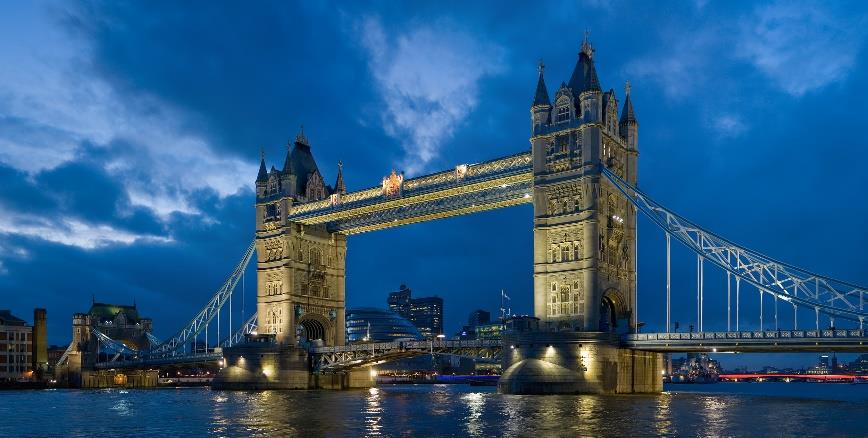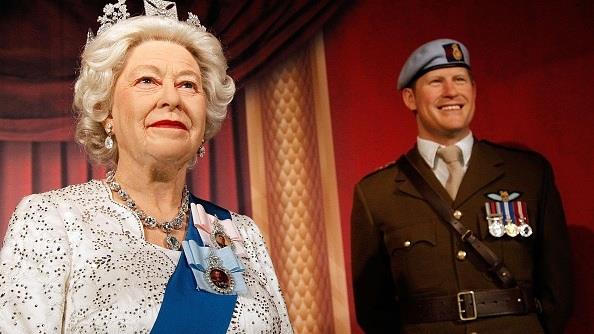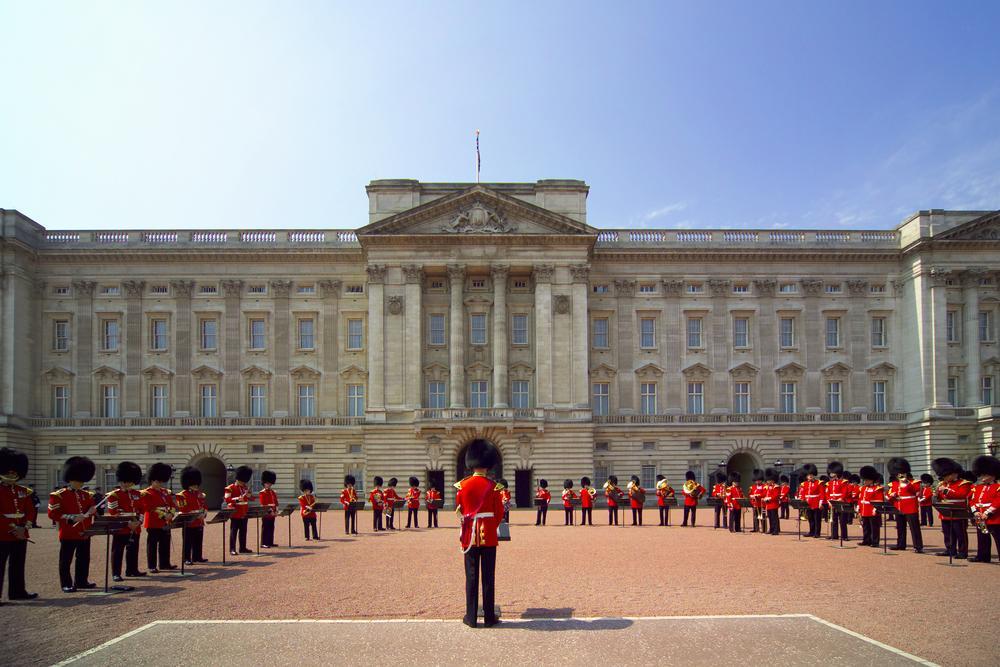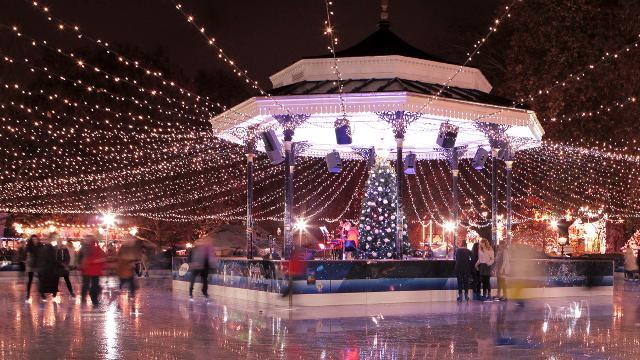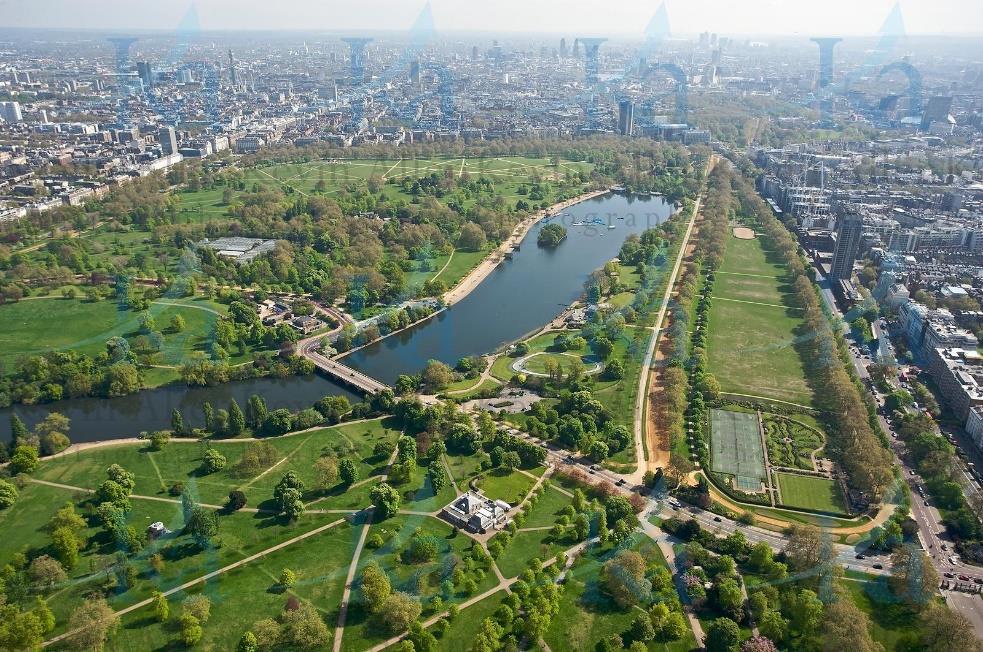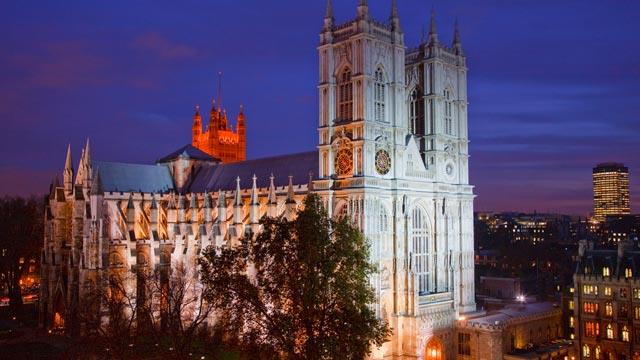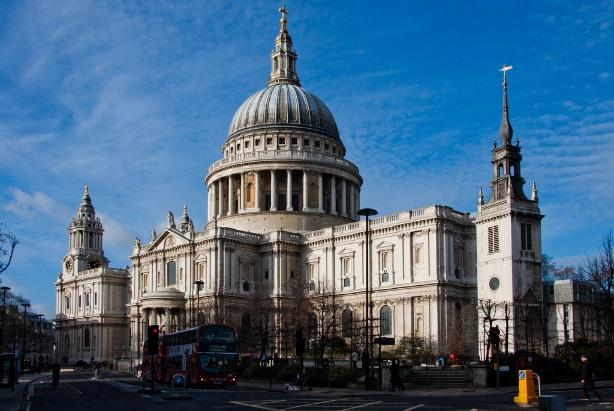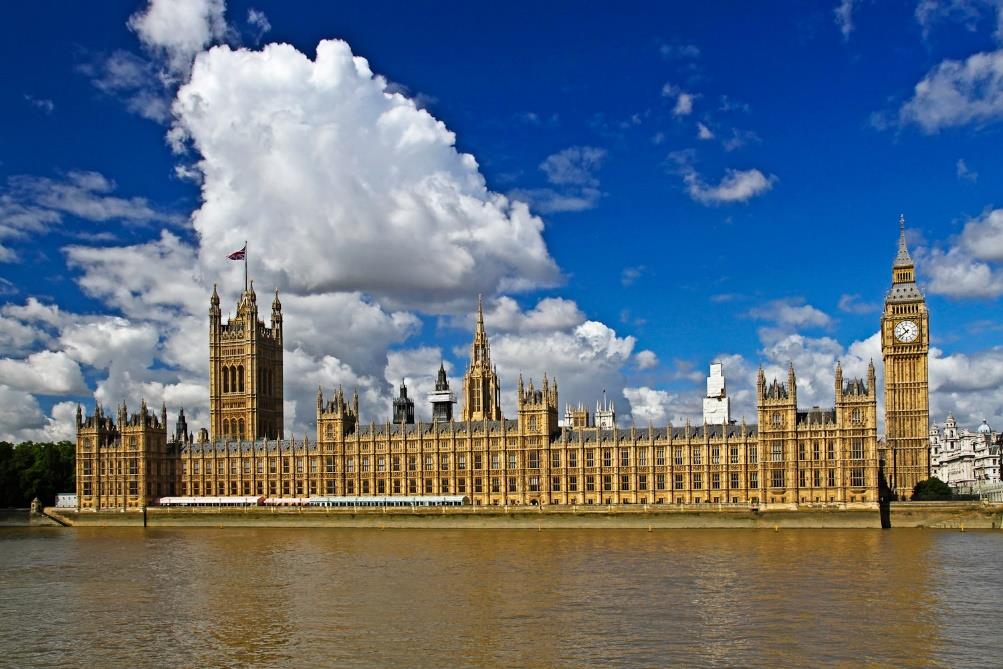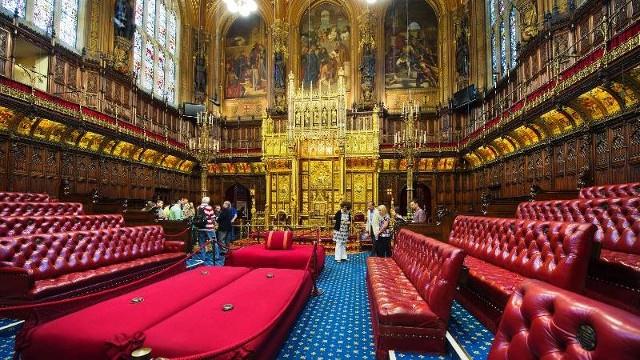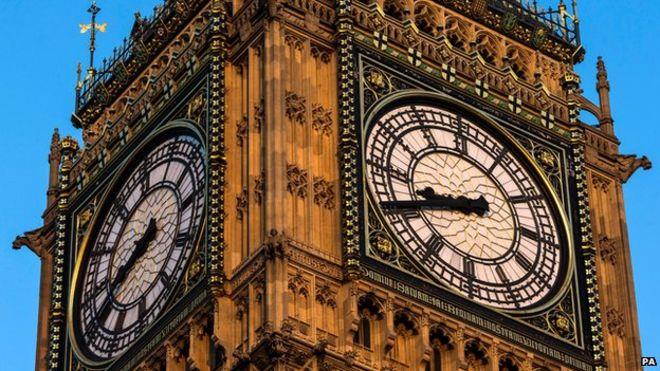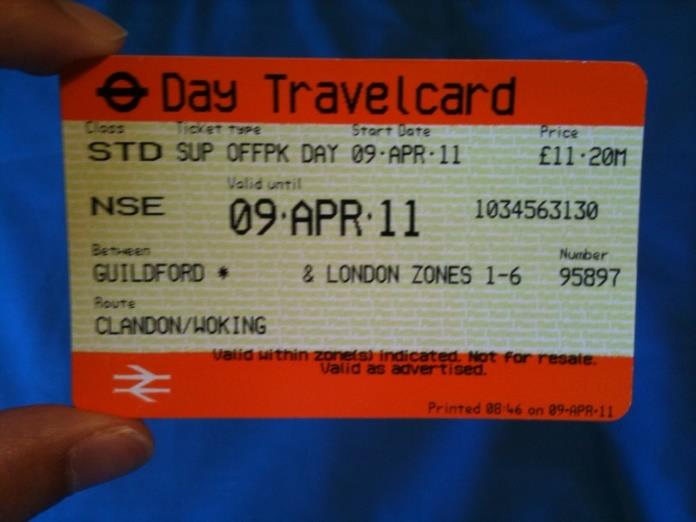3,000 years of human creativity,
with collections unrivalled in their
scope and diversity. In recent years,
the V&A has undergone a dramatic
programme of renewal and restoration. Highlights include the Medieval Renaissance galleries
containing some of the greatest surviving treasures from the period, the breathtaking Jewellery
gallery and the stunning British Galleries, illustrating the history of Britain through the nation’s
art and design. In addition to its outstanding free permanent collection, the V&A offers a
programme of temporary exhibitions and an extensive events programme.
Tower of London – Although its
exterior might be grim and even
unimpressive (especially when
compared to stately Buckingham
Palace), the Tower of London's
interior is always bustling with
activity. The Tower, which actually
comprises multiple towers (12 of
which can be explored by the
public), offers something for everyone. If you're enchanted with the history of the monarch, don't
miss the famous Crown Jewels exhibition. Among the items you'll see is the Imperial State
Crown – which is still worn by the queen for each State Opening of Parliament – and the
Sovereign's Sceptre with Cross. If you have more than an hour to spend here, take an entertaining
tour led by the Yeoman Warders (tower guards). During the hourlong excursion (already included
in your admission ticket), the guards will regale you with tales of the tower's bloody past. Lastly,
don't forget to visit the White Tower, an iconic symbol of London's heritage and one of the world's
most famous castle keeps. The Tower of London is open Tuesday through Saturday from 9 a.m.
to 5:30 p.m., and Sunday and Monday from 10 a.m. to 5:30 p.m., though it closes an hour earlier
November through February. Tickets for adults cost 24.50 pounds and admission for youths
younger than 16 cost 11 pounds. Children younger than 5 get in for free. You'll find the Tower of
London off the Tower Hill Tube stop.
38
Tower Bridge - Along with
Parliament and Big Ben, Tower
Bridge is London's next must-see
architectural marvel, not to
mention the most famous bridge
that crosses the Thames. Built a
mere 120 years ago, the bridge
not only stands out for its
stunning detail but moveable roadways that lift up when large ships need to pass through. The
views from the bridge are an added bonus. From the elevated sidewalks visitors get a prime view
of the Tower of London, St. Paul's Cathedral's iconic dome and one of the newest additions to
London's skyline, The Shard. If you're interested in viewing the city from a higher vantage point
(about 137 feet), consider a tour of the Tower Bridge Exhibition. For a fee, this exhibit will take
you to the top of the bridge, equipped with a glass floor, as well as to the bottom to the bridge's
engine rooms. Adults pay 9 pounds, kids ages 5 to 15 pay 3.90 pounds, whilst children younger
than 5 get in for free. It is recommended only doing this if you have time to kill or are extremely
interested; a walk across the bridge is free and nearly as impressive. Hop off the Tube at Tower
Hill to stroll across the Tower Bridge.
Madame Tussauds - With 14
interactive areas, Madame Tussauds
London combines glitz, glamour and
incredible history with more than 300
stunning wax figures. Walk down the
red
carpet
with
Benedict
Cumberbatch and Johnny Depp,
before exploring our sports zone
alongside Usain Bolt and David Beckham. Enjoy an audience with Her Majesty The Queen and
Will and Kate before stepping on stage with music icons including Miley Cyrus. Then, after a
behind-the-scenes look at how our sculptors work, ride in a taxi and relive the rich history of
London. Now you can delve into the world of Star Wars™ at Madame Tussauds London. Your
favourite heroes and villains from Star Wars Episodes I-VI have been brought to life in authentic
walk-in sets, inspired by key scenes from the films, including the swamps of Dagobah, Jabba’s
Throne Room and the flight deck of the Millennium Falcon.
39
Buckingham Palace - It's
difficult to imagine what
it would be like to attend
one of the state,
ceremonial or official
occasions for which the
rooms that visitors have
access to are used,
protected as they are by
Perspex and seasonal
staff – but it's fascinating
to see them, all the same. The Grand Hall resembles an upmarket hotel foyer and the thrones
are surprisingly modest but the Music Room, setting for many royal christenings, is charming,
there are some glorious Nash ceilings and among the paintings in the Picture Gallery are
Rembrandts, Rubens and Vermeers. The visitor route includes a 450-metre walk along the west
side of the palace garden,
which offers views of the
garden, palace and
nineteenth-century lake. As
the home of the Queen, the
palace is usually closed to
visitors, but you may view
the interior for a brief period
each summer while the
Windsors are away on their
holidays. You'll be able to see the State Rooms, still used to entertain dignitaries and guests of
state, and part of the gardens. There is also a café. At any time of year, you can visit The
Queen's Gallery to see her personal collection of treasures, including paintings by Rubens and
Rembrandt. Tour tickets start at 21.50 pounds for adults; 19.60 pounds for seniors (older than
60) and students; 12.30 pounds for kids younger than 17; children younger than 5 enter for
free. You'll find Buckingham Palace off Green Park, Hyde Park Corner or St. James Park Tube
stops.
40
Hyde Park - Once the
recreational stomping
grounds for King Henry
VIII, this long swath of
green stretching from
Kensington Palace in the
west to Oxford Street in
the east is now open to
the public and a must-
visit for travelers looking for a relaxing moment away from the city's hustle and bustle. Among
Hyde Park's meandering foot and bike paths and flourishing flora and fauna, you'll find a few
standout attractions that
are worth exploring.
Watch the swans and
boats glide over the
serene Serpentine Lake
(or rent a vessel
yourself), visit the Diana
Memorial Fountain or
stop by the Speaker's
Corner, a site for public
speeches and debates
since the 19th century (previously used by Karl Marx, Vladimir Lenin and George Orwell). If you
continue on the memorial walk you'll likely pass through Kensington Gardens where you'll find
the ornate Albert Memorial, the Italian Gardens and the Diana Memorial Playground. Hyde Park
is free to all visitors and is open year-round from 5 a.m. to midnight, while Kensington Gardens
opens at 6 a.m. daily. The tube stations that surround Hyde Park are Lancaster Gate, Marble
Arch, Hyde Park, and Knightsbridge.
41
Westminster Abbey - This
medieval church, graced
by many royal weddings
and coronations, offers a
magnificent peek at
London's far-reaching
history. Westminster
Abbey is pretty much
always busy – and the
staff keeps you moving at
a pretty swift pace – so
do a little research ahead of time to avoid missing your personal must-sees. For instance, if
you're a bibliophile, consider a visit to the Poets' Corner. This is the final resting place of famed
authors Geoffrey Chaucer, Charles Dickens and Rudyard Kipling. If you're fascinated by all the
intrigue surrounding the British royalty, you might like to visit the shared tomb of enemies and
half-sisters Elizabeth I
and Mary Tudor. If you
prefer to see the Abbey
at your own pace, but
still want a little
guidance on the history
you're encountering,
take advantage of the
free audio guides
online. Alternatively,
you can take a 90-minute Verger-led tour and see the Shrine (containing the tomb of Saint
Edward the Confessor), the Royal Tombs, Poets' Corner, the Cloisters and the Nave. If you
decide to take this tour, there is an extra 5 pound (around $7.30) charge added to your original
admission price. Keep in mind, photos are not allowed (to many travelers' chagrin).
Westminster Abbey is usually open to visitors Monday through Saturday from 11 a.m. to 3:30
p.m., though you should check the abbey's calendar for any scheduled closings before you plan
your tour. Admission for adults costs 20 pound, while children between the ages of 6 and 16
pay 9 pounds. You'll find Westminster Abbey off the Westminster tube stop.
42
Piccadilly Circus - The portal to London's buzzy
West End, Piccadilly Circus lives up to its name.
Reguarly compared to New York's Time Square,
Piccadilly Circus is the meeting place of five busy
roads and is the center of London's hustle and
bustle. Whether it's businessmen and women
on their way to work in the morning, shoppers
en route to the department store-clad Oxford
Street (just a few streets north) or lively club and bar hoppers passing through at night, Picadilly
is always buzzing with activity. Recent travelers highly recommend a visit to Piccadilly Circus for
its proximity to restaurants, shops and nightlife spots and the energy and excitement it
exudes. For the best ambience, some suggest you visit Piccadilly at night, when the neon lights of
the billboards reflect off the Edwardian-era buildings and the Eros statue. A quick disclaimer
– Piccadilly Circus is not an actual circus, as some travelers have expected; rather, the name refers
to the circle (circus), off which a handful of major roads spoke.
St. Paul‘s Cathedral - Besides Westminster
Abbey, St. Paul's Cathedral is arguably the
second must-see church in London. With its
imposing dome, one of the largest in the world,
St. Paul's forms a predominant spot along
London's skyline. It's also a survivor: Although
an older incarnation burnt during the Great Fire
of London, Sir Christopher Wren's dome (completed in 1711) survived numerous World War II
bombings. To make the most of your visit, it‘d highly recommended climbing to the top of the
dome to the Golden Gallery. You'll have to hike up 528 steps, but after catching your breath
you'll enjoy far-reaching views of the River Thames, the Tate Modern, and Shakespeare's Globe
Theatre. And once you've seen the top, head below ground to the Crypt (the largest in Europe),
which now houses a restaurant and cafe. Sightseers can tour the cathedral Monday through
Saturday from 8:30 a.m. to 4:30 p.m., although tickets are last issued at 4 p.m. Adult tickets cost
18 pounds, students and seniors pay 16 pounds, while children (ages 6 to 17) pay 8 pounds. If
you book online, however, you save 2 pounds and gain fast-track entry. The cost of admission
grants visitors entry to the cathedral floor, crypt, and the three galleries in the dome. You can
find the cathedral off the St. Paul's Tube stop.
43
Houses of Parliament -
The centre of political
life in the UK, housed in
the Thames-side Palace
of Westminster. Audio
tours of the Houses of
Parliament
offer
a
unique combination of
one thousand years of
history, modern day
politics and stunning art
and architecture. The audio commentary brings to life this trip through the House of Lords and
House of Commons. Tours take around 60 to 75 minutes and feature leading Parliamentary
figures such as Mr Speaker and
Black Rod. Most of what is seen
on the tour was built in the mid-
19th
century
following
a
devastating fire in 1834, but the
route also incorporates the
magnificent Westminster Hall
dating
from
1097.
Other
highlights include the Queen’s
Robing Room, Royal Gallery, Lords Chamber, Central Lobby and the Commons Chamber, scene of
many lively debates. Audio tours are also offered in French, German, Italian, Spanish, Russian and
Mandarin. Guided, self-guided and tours that include afternoon tea are all available Saturdays
year-round as well as most weekdays during Parliamentary recess. Self-guided tours take about
60 to 75 minutes and are 18 pounds for adults and free for one child ages 5 to 15 years with a
paying adult, then 7.20 pounds for each additional child. Guided tours cost 25 pounds for adults
and 10 pounds for children ages 5 to 15 years. All children under 5 are free. Be sure to check out
Parliament's website for up-to-date information on tour dates and hours, as they are subject to
change. To get to Houses of Parliament, hop off at the Westminster Tube station.
44
Big Ben - The Houses of
Parliament's iconic clock tower
is one of London's most
famous landmarks. Technically,
Big Ben is the name given to
the massive bell inside the
clock tower, which weighs
more than 13 tons (13,760
kg). The clock tower looks
spectacular at night when the four clock faces are illuminated. The clock was the largest in the
world and is still the largest in Great-Britain. The clock is known for its reliability, it has rarely
failed during its long life span. Even after the nearby House of Commons was destroyed by
bombing during World War II, the clock kept on chiming. The clock's mechanism, designed by
Edmund Beckett Denison, has a remarkable accuracy. The clock's rate is adjusted by simply
adding small pennies on the shoulder of the pendulum. The tower was constructed between
1843 and 1858 as the
clock tower of the
Palace of
Westminster. The
palace is now better
known as the Houses
of Parliament.
The clock tower rises
316ft high (96m) and
consists of a 200ft
(61m) high brick shaft
topped by a cast iron framed spire. The clock faces are 180ft / 55m above ground level. In June
2012 the House of Commons announced that the clock tower was to be renamed the Elizabeth
Tower in honour of Queen Elizabeth II's Diamond Jubilee. Unfortunately the clock tower is not
publicly accessible, but if you're looking for views over London the London Eye, the Shard or the
Monument are currently the best options.
45
Public Transport
London has one of the largest urban transport networks in the world, with integrated bus, river and
road systems spanning the city's 33 boroughs.
Transport for London
It’s a local government
body responsible for most
aspects of the transport
system in Greater
London in England,
formerly named "London
Transport" (LT). Its role is
to implement the
transport strategy and to
manage transport services
across London. Its head office is in Windsor House in the City of Westminster.
TfL has responsibility for London's network of principal road routes, for various rail networks
including the London Underground, London Overground, Docklands Light Railway and TfL Rail, for
London's trams, buses and taxis, for cycling provision, and for river services.
Oyster
Oyster is a smartcard which can hold pay
as you go credit, Travelcard and Bus &
Tram Pass season tickets. Use it to travel
on bus, Tube, tram, DLR, London
Overground, TfL Rail, Emirates Air Line,
River Bus services and most National Rail
services in London. It saves a lot of your
travel expenses too.
46
Zones and Prices
Tube,
Docklands
Light Railway
(DLR),
London
Overground
and National
Rail services
in London are
divided into
zones. Most
services
operate in
zones 1-6, with Tube, London Overground and National Rail also operating in zones 7-9.
If you use a Travelcard on any of these services, it must be valid for every zone you travel through.
Buses do not operate in zones and
any Travelcard is valid for any bus
journey within Greater London
regardless of the zone(s) it covers.
If your Travelcard includes Zone 3,
4, 5 or 6 you can use it on trams.
You can use a Visitor Oyster card in
any zones, but your fare will vary
depending on which zones you
travel in. The card automatically
calculates the cheapest fare for the
zones you use.
A Travelcard is a ticket that can be put on your Oyster card and gives you the freedom to travel as
much as you like on bus, Tube, tram, DLR, London Overground and National Rail services in London.
On Oyster, you can buy 7 Day, Monthly, odd period or Annual Travelcards for travel across Zones 1-
9 and Watford Junction, Broxbourne, Hertford East, Ware, St Margarets, Rye House and Shenfield.
47
Sample Visitor Oyster card fares for 2016
Zones 1 to 2 - Oyster £2.90 peak, £2.40 off-peak
Zones 1 to 6 - Oyster £5.10 peak, £3.10 off-peak
Single bus journey - £1.50
Unlimited journeys in one day in zones 1 and 2 - £6.50
Here for 3-4 days? Get a £30 card. You can always add more credit at a Tube station, ticket machine
or Oyster ticket stop if you run out.
London Travelcard Prices 2016 (From January 2nd)
Zones
1 Day Travelcards
Travelcards Valid At All Times
Covered
Peak*
Off-Peak
7 Days 1 Month
1 Year
Zone 1-2
£12.10
£12.10
£32.40
£124.50
£1296
Zone 1-3
£12.10
£12.10
£38.00
£146.00
£1520
Zone 1-4
£12.10
£12.10
£46.50
Page 1 Page 2 Page 3 Page 4 Page 5 Page 6 Page 7 Page 8 Page 9 Page 10 Page 11 Page 12 Page 13 Page 14 Page 15





